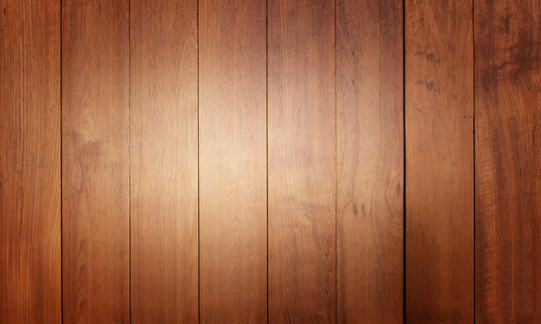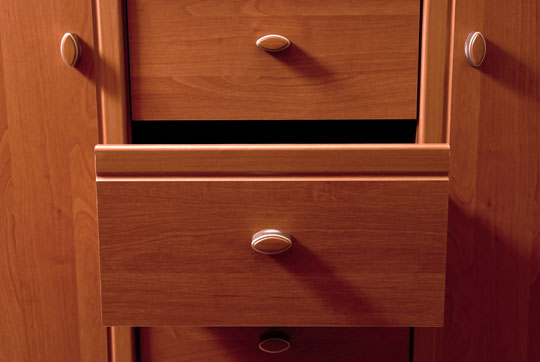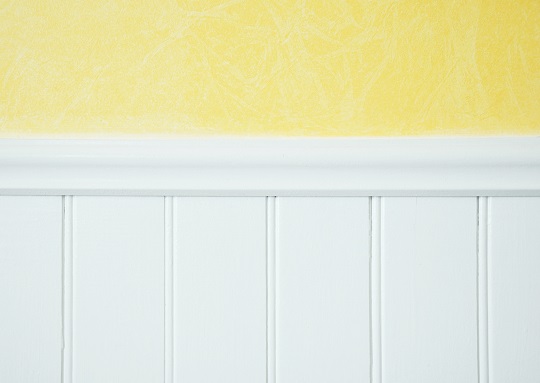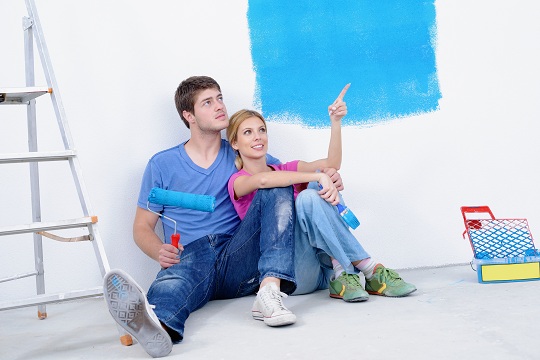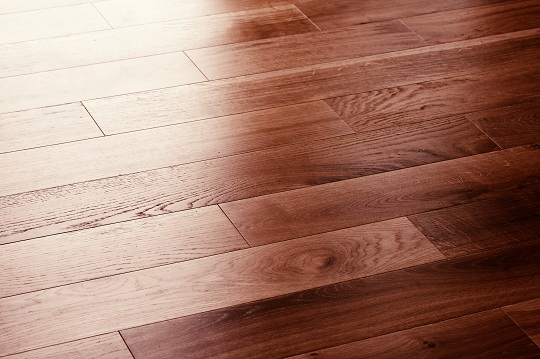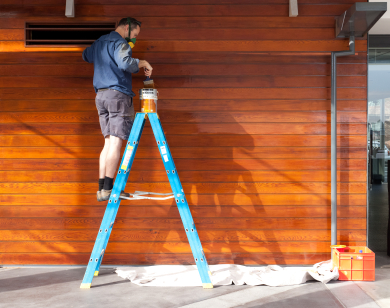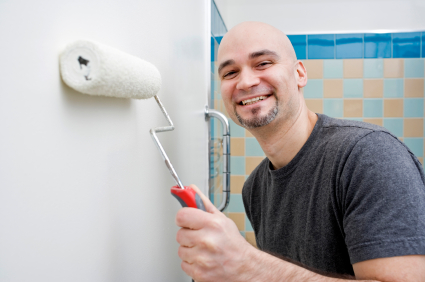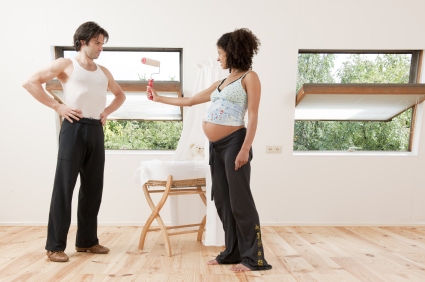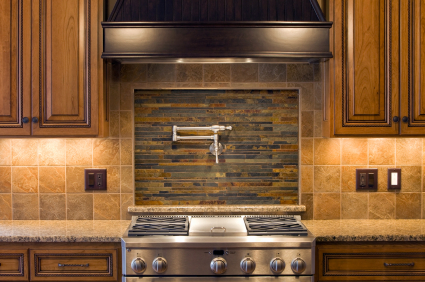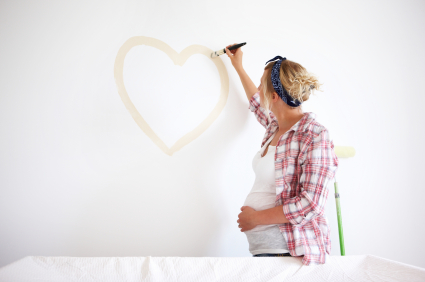Real wood panelling can provide a wonderful rustic feel to a room, just like wood floors do. If you are looking to install this type of panelling and would like to save some money, you will need to know how to finish wood panelling yourself. It is much easier to finish this type of panelling prior to it’s installation than after it is already installed.
What you will need:
Instructions
1. Pick a well ventilated area where it is all right for you to make a mess. The garage tends to work best because you can open the door but are not exposed to the elements ,which may blow dirt and debris onto your wet finish.
2. Set up your saw horses.
3. Place one piece of panelling on the horses. Begin sanding down rough areas with medium grit sand paper. Go over the entire piece at least once regardless of lack of rough patches.
4. Brush off dust and repeat the process with fine grit paper to smooth out the piece.
5. Use a clean tack cloth to get all of the dust off of the wood.
6. Using a clean cloth, rub stain into the wood. A little goes a long way, but it is pretty simple to keep the color even.
7. Let it completely dry. This may take several hours. It is easiest to start the process in the evening and let it remain overnight to dry.
8. After it is no longer tacky, check for evenness of color. Lighter areas may need more stain and therefore more time to dry.
9. After the color is even and dry, it’s time to apply the finish. First, use a clean tack cloth to remove any dust that may have settled on the dry surface. Then, using a paintbrush, apply the finish evenly and according to manufacturer directions.
10. Let dry. Apply another coat if necessary.
11. Repeat this process with each piece of panelling. Try executing each step on each panel all at once.
Looking For An Expert Painter?
If you are a little unsure of how to finish wood panelling on your own, a professional painter can help. Once you determine your needs, TalkLocal can hook you up with a professional in minutes.

